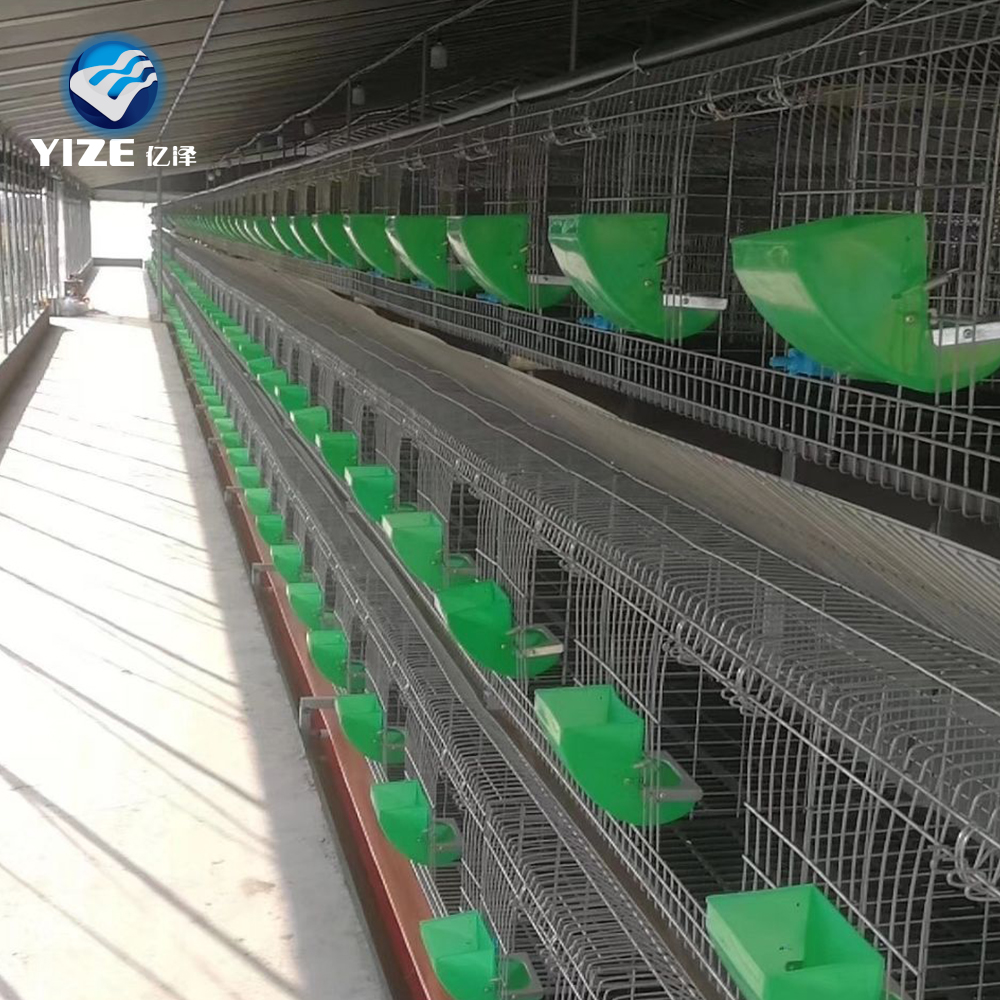fish feed pelletizer machine
Oct . 06, 2024 15:39 Back to list
fish feed pelletizer machine
Understanding Fish Feed Pelletizer Machines
In the modern aquaculture industry, the demand for high-quality fish feed is paramount. To meet this demand, fish feed pelletizer machines have become essential tools in the production of efficient and nutritious fish feed. These machines enable feed manufacturers to create pellets that are not only palatable but also packed with the necessary nutrients for various fish species.
What is a Fish Feed Pelletizer Machine?
A fish feed pelletizer machine is a piece of equipment designed to process raw ingredients into granular fish feed pellets. This process often involves several steps, including grinding, mixing, conditioning, and pelleting. The final product is a stable, uniform pellet that can sink or float, depending on the specific requirements for the fish being fed.
The Working Principle
The operation of a fish feed pelletizer machine can be broadly divided into several stages
1. Raw Material Preparation The first step involves selecting and preparing the raw materials, which can include fish meal, corn, soybean meal, vitamins, and minerals. These ingredients need to be ground into a fine powder to ensure a uniform mixture.
2. Mixing Once the raw materials are ground, they are mixed together in specific proportions to create a balanced diet for the fish. This is a crucial step, as the nutritional content of the feed directly affects the growth and health of the fish.
3. Conditioning The mixed ingredients are then conditioned with steam and water to improve their stability and digestibility. This also helps in softening the materials, making them easier to pelletize.
4. Pelleting The conditioned mixture is fed into the pelletizer machine, where it is forced through a die to form pellets. The size and shape of the pellets can be adjusted by changing the die, which can cater to different fish sizes and species.
fish feed pelletizer machine

5. Cooling and Drying After pelleting, the feed pellets are hot and moist. They need to be cooled and dried to achieve the right texture and to extend shelf life. Proper cooling also helps in reducing the risk of spoilage.
Benefits of Using Fish Feed Pelletizer Machines
The utilization of fish feed pelletizer machines brings numerous advantages
1. Enhanced Nutritional Value The pelleting process ensures that essential nutrients are preserved and utilized effectively by the fish. Well-balanced pellets can lead to better growth rates and overall health in aquaculture.
2. Improved Feed Conversion Ratio Fish feed formulated as pellets generally results in better feed conversion ratios (FCR). Fish are more likely to digest and utilize pelletized feed efficiently compared to other forms.
3. Reduced Waste Pellets can minimize feed wastage as they are designed to be less susceptible to waterlogging and deterioration. This not only saves money but also reduces the environmental impact of aquaculture operations.
4. Customization Pelletizer machines can be adjusted to produce different pellet sizes and shapes, catering to the diverse dietary needs of various fish species.
5. Economic Efficiency In the long run, using a fish feed pelletizer machine can be cost-effective, as it helps aquaculture farms produce their own feed, reducing reliance on commercial feed. This not only lowers operational costs but also allows greater control over feed quality.
Conclusion
In conclusion, the fish feed pelletizer machine is a vital component in the aquaculture industry, providing a pathway to produce high-quality, nutritionally balanced fish feed. As demand for seafood continues to rise globally, the importance of efficient feeding solutions cannot be overstated. Investing in a fish feed pelletizer machine can elevate any aquaculture business, ensuring sustainable growth and contributing to the global food supply chain. By prioritizing nutrition and efficiency, fish feed pelletizer machines play a crucial role in the future of aquaculture, helping to achieve both economic and environmental goals.
-
Automatic Feeding Line System-Pan Feeder Nipple Drinker|Anping County Yize Metal Products Co., Ltd.
NewsJul.29,2025
-
Hot Sale 24 & 18 Door Rabbit Cages - Premium Breeding Solutions
NewsJul.25,2025
-
Automatic Feeding Line System Pan Feeder Nipple Drinker - Anping County Yize Metal Products Co., Ltd.
NewsJul.21,2025
-
Automatic Feeding Line System Pan Feeder Nipple Drinker - Anping County Yize Metal Products Co., Ltd.
NewsJul.21,2025
-
Automatic Feeding Line System - Anping Yize | Precision & Nipple
NewsJul.21,2025
-
Automatic Feeding Line System - Anping Yize | Precision & Nipple
NewsJul.21,2025






